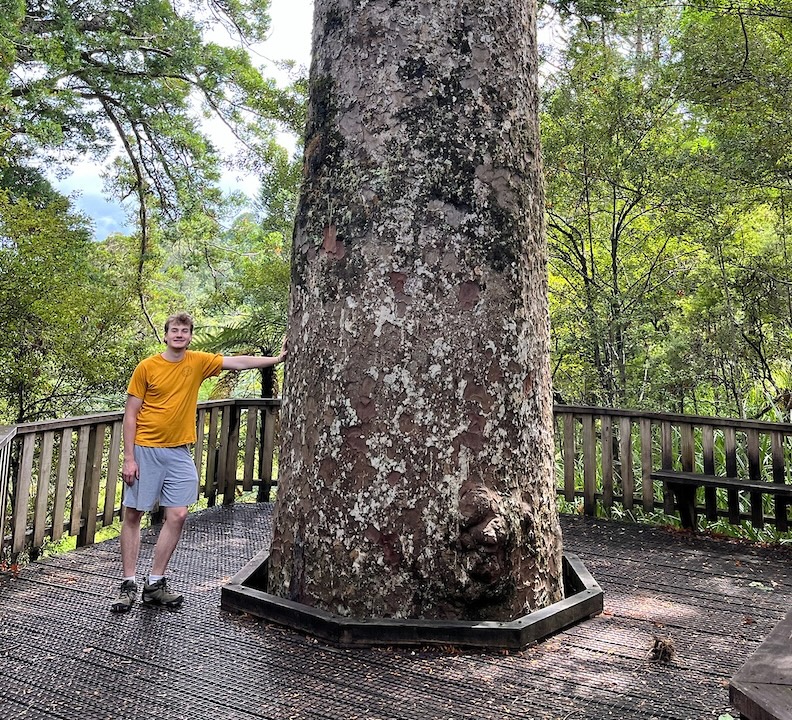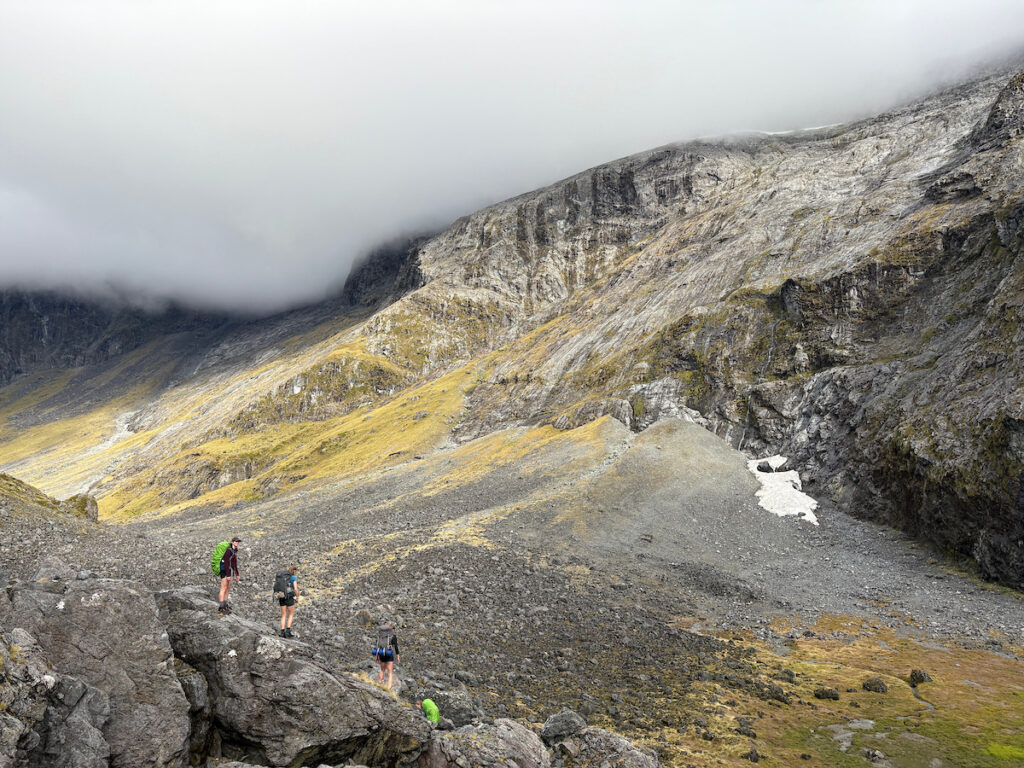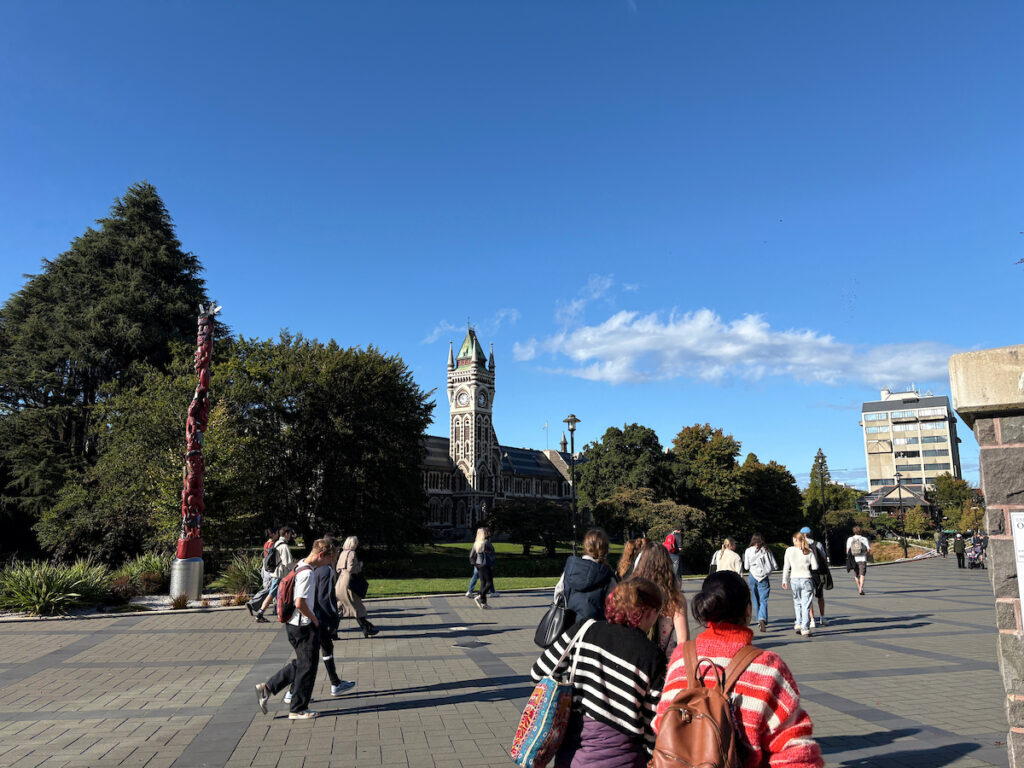How Māori Language Showed Me the Best of New Zealand


Aotearoa means land of the long white cloud in Te Reo Māori, the language spoken by the indigenous Māori (mau-ree) in New Zealand for the last 700 years. It’s called this because when the first Māori explorers, Kupe and Kuramārōtini, found these islands, they saw a giant cloud over it, signaling a new land. This language has been a huge part of my study abroad experience in Dunedin, New Zealand.

I don’t have to tell you that New Zealand has beautiful black sand beaches, the smallest penguins in the world, and palm trees and mountains that touch the sea. You know that. I’m sure you have heard about the kiwi birds, surfing, fantastic student life, and vibrant Kiwi people. Instead, let’s talk about the unique Māori language. You’ll notice it on every sign and building here in Ōtepoti Dunedin. This is a recent development, launched in 2023. Te Reo Māori was banned in schools as late as the 1970s, so progress to represent this culture has been slow, even though almost 20 percent of the population claim heritage. But since that time, it has exploded into the mainstream.
A reflection of cultural values

At the airport, travelers are greeted with a hearty kia ora (good health). Māori culture is welcoming and has a unique connection with the land, as these terms convey:
Pepeha. When my apartment host, Ollie, introduced himself, he used this form of introduction. It starts with a reference to your ancestral mountain and river, then mentions your ancestry. A pepeha is the oral representation of whakapapa (genealogy). It embodies the connection of Māori to every living entity that has nourished these people and their ancestors.
Whenua. This means land, but it also translates to placenta, symbolizing a person’s beginning and connection to their ancestral land. The motherly metaphor of whenua comes from the atua (god) Papatūānuku (Mother Earth). Just as the placenta nourishes life in the womb, land nourishes life on earth. It is not a divisible commodity; it holds life and lineage.
Kaitiakitanga. This term conveys guardianship or caretaking, emphasizing our responsibility to protect and nurture the land and its resources, for present and future generations. The realm of Tāne Māhuta (god of trees and birds) is rich and vast in Aotearoa, but threatened by urbanization. Kaitiakitanga is a call to obligation that is innate in Māori, ongoing and reciprocal. The land provides kai (food) and natural materials and in return, people should care for the land.
Whanaungatanga. This means kinship, with responsibility that extends to family, community, the world, and spiritual things. It’s a source of rights for all and implies reciprocity within everything.
Lessons to bring home

In a Māori society class (highly recommended), we learned all about how Māori view land as communal, with intrinsic worth aside from the resources it provides. In Aotearoa New Zealand, natural resources like gold, oil, and fish are rich, and corporations all want a piece of this place for themselves. In response, environmentalists, heavily supported and led by Māori, have challenged those who exploit the land. Now New Zealand has some of the best environmental protections, the cleanest air and water, and the most vibrant wildlife.
I think we should adopt these ideas in the United States and recognize that the land is a responsibility we all share, worth something in its own right. Native American perspectives are not well represented in U.S. society. They share many of the same cultural values as Maori, and we should listen to them more than we do. I hope you can see how indigenous perspectives are not only socially and culturally important, but relevant for our environment and community, too.
Japhy T. | Brandeis University | University of Otago Partnership | Spring 2025